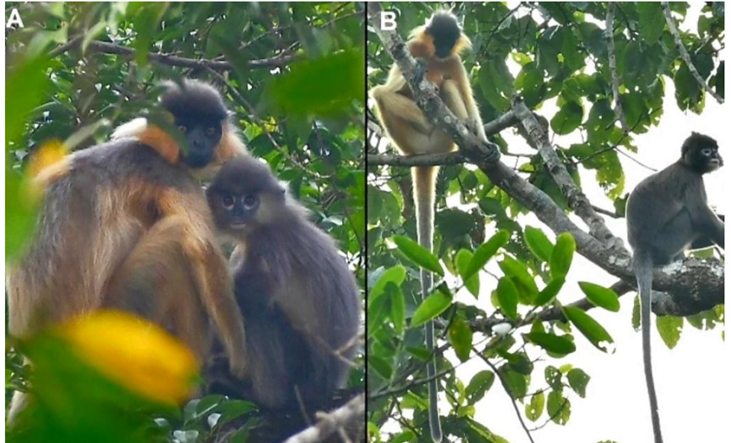Environment & Ecology
In News: In 2022, we have the first observational evidence of mixed-species association between the two threatened primate species Phayre’s langur (Trachypithecus pileatus) and capped langur (Trachypithecus phayrei), in fragmented forest patches of northeast Bangladesh.

Earlier conjecture:
- Scientists initially thought that interbreeding among the two groups was more isolated to a particular place and time — specifically, when they encountered each other in western Eurasia shortly after modern humans left Africa.
- This idea stemmed from the fact that the genomes of modern humans from outside Africa are only about 2 per cent Neanderthal, on average.
New findings:
- Multiple interbreeding happened between Neanderthals and the ancestors of modern humans across Europe and Asia than scientists and dilutive effects might have occurred.
- This is because Neanderthal ancestry is 12 to 20 per cent higher in modern East Asians compared to modern Europeans.
- This could be due to following reasons:
- One is that East Asians happen to have interbred more with Neanderthals.
- Of the multiple ancestral populations of Europeans, one had very little Neanderthal ancestry, diluting the overall Neanderthal contribution.
- Denisovans contributed to the modern human gene pool at least twice, leaving behind two distinct genetic components — one mostly in Papuan and Australian aboriginal populations, the other primarily in East Asian populations.
- Probable reasons why Neanderthal DNA was purged from modern human genomes:
- Neanderthal DNA was of less benefit to modern humans as their environments changed over time
- harmful mutations were more common in Neanderthals due to inbreeding.
Hybridization:
- Mixed-species association can result in the production of hybrid offspring in the wild.
- Hybridisation – means a breakdown of species isolation mechanisms
- Traditional belief about hybridisation – is essentially unnatural, and hence unwelcome.
- Today, with rapid strides in science, it may be worthwhile to reconsider the biological importance of hybridisation, a naturally occurring and ubiquitous process, unsullied by value-laden human prejudices.
Methodology:
- Scientists developed computer simulations that modelled how DNA would get shared during a range of numbers of encounters between modern humans and Neanderthals. Then, they looked into which models best fit modern human genetic databases
Source: DTE














